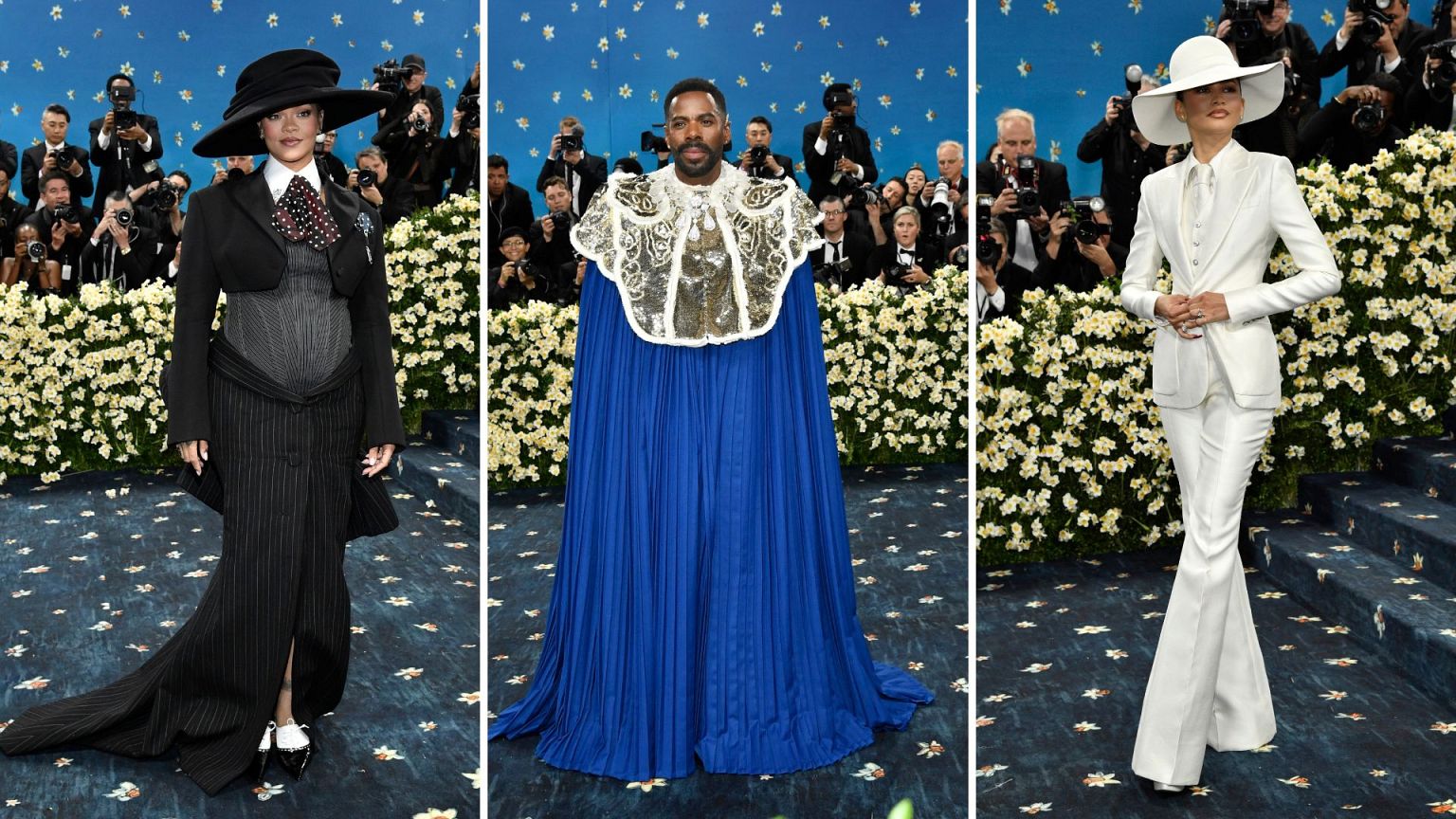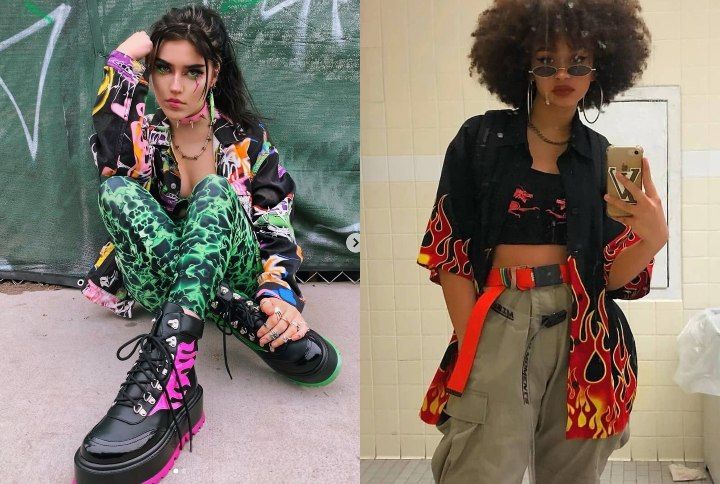Milan Fashion Week 2021: First fashion week opens without VIPs due to virus
Italy’s fashion chamber is opening on Friday the first Milan Fashion Week that won’t have VIPS populating runway front rows, as the reality of Italy’s persistent resurgence of the coronavirus has forced an all-virtual format for presenting menswear previews.
The National Fashion Chamber maintained a live element during the July and September fashion weeks in Milan. But after planning to stage live shows with guests during this round, Fendi, Etro and outdoor brand Kway announced their events will be livestreamed from behind closed doors.
Dolce & Gabbana canceled its runway show entirely, citing restrictions in place due to COVID-19. The other 36 participating fashion houses on the pared-down calendar — including Zegna and Prada — will all have digital-only presentations.
“We did everything to preserve some runway shows, but the anti-COVID norms in this moment don’t allow us to have guests, and therefore, the runway shows will be closed-door,” fashion chamber president Carlo Capasa said.
The organisers of Paris Fashion Week plan to hold audience-free men’s and haute couture shows later this month. Prospects for Milan’s February shows of mostly womenswear previews remain unclear; the Italian government on Friday announced a new round of virus-control restrictions through Feb. 15 that extend a ban on traveling between regions.
Capasa acknowledged that closed-door shows deprive fashion of some of its energy. But the pandemic, which has all but shut down global travel and closed retail stores for long periods , has made fashion houses quickly update their digital communication strategies and e-commerce platforms, he said.
There is some evidence the investments are paying off, with one-quarter of online luxury sales last year to consumers who went high-end for the first-time, Capasa said.
The Italian fashion chamber found that 45 million people streamed Milan Fashion Week shows in September, a number that Capasa said was beyond his wildest dreams a year ago.
Still, the fashion industry is in dire financial straits. The Italian industry recorded a 25 per cent drop in revenues to 50.5 billion euros (USD 61.2 billion) in 2020 compared with 2019, with exports down 22 per cent to nearly 43 billion euros (USD 52.1 billion).
A more drastic decline was avoided thanks to so-called “revenge shopping” in China, with eager consumers returning to luxury shopping as soon as lockdowns expired, and moves toward e-commerce and a bump in global luxury sales in October, Capasa said. In Europe, where governments have ordered new lockdowns, the market remained weakest.
Capasa said the industry, one of the biggest generators of Italy’s gross domestic product, is seeking a share of the government’s recovery funds to help improve innovation and to keep small artisanal businesses from failing.
He said he hopes to see a gradual return to normality in fashion show calendars and travel this summer, as vaccines reduce the threat of the coronavirus. “For now, we need to do the best we can, in the moment we are living,” Capasa said.
This story has been published from a wire agency feed without modifications to the text. Only the headline has been changed.








